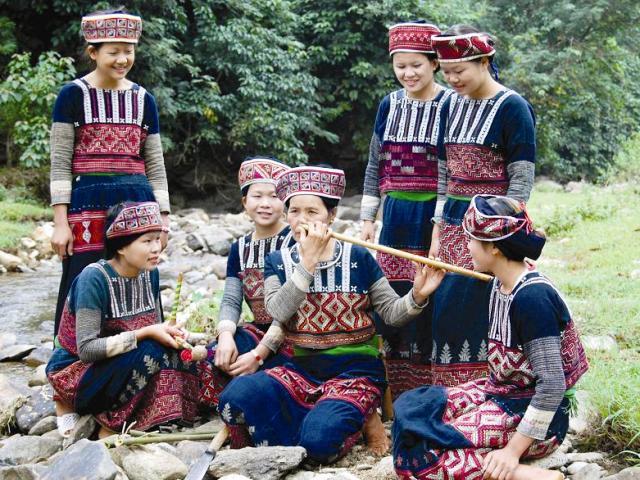 |
| Artisan Đặng Thị Thanh teaches young women how to blow the flute. |
Her students are fascinated with learning how to play the cúc kẹ, and even though they are not yet proficient she said she is happy because it proves the flute will not be lost, Thanh said.
The flute is a popular instrument among many Vietnamese ethnic groups, but few are as unique as the cúc kẹ, or nose flute, of the Xa Phó ethnic minority from Châu Quế Thượng Commune in the northern mountainous province of Yên Bái.
Thanh lives in a village on the side of a mountain. The sound of the nose flute emanates from the class where Thanh teaches young women to blow.
“It is impossible to let the nose flute disappear,” Thanh said. “Without the flute, the Xa Phó people would lose a piece of their soul.”
The village elders tell the tale of a stormy night centuries ago when a Xa Phó man went to the forest to find food.
Suddenly, a storm enveloped the forest with heavy rain and thunder. Afraid, the man sheltered under some bamboo. In the strong wind he heard a wonderful sound.
After searching, he discovered that the sound came from the only hole in the trunk of the bamboo. At the same time, the thunder disappeared, the rain eased and the dark clouds dispersed.
Seeing how suddenly the storm had passed, he cut the bamboo, bringing it back to the village to teach others how to play. He said to the villagers that the flute would help ward off bad luck."
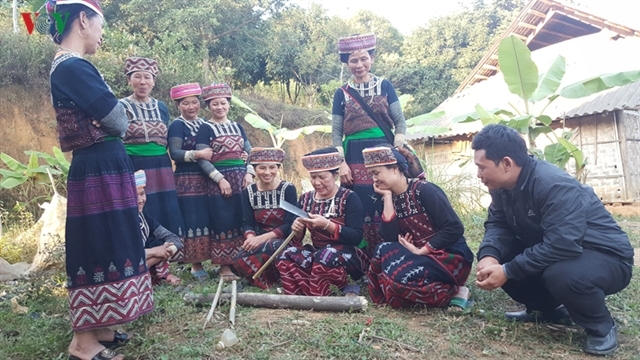 |
| Thanh is the only person in Châu Quế Thượng Commune who knows how to blow and make the flute. Photos vov.vn |
Since then the flute has stayed with the Xa Phó as a sacred treasure to be played during harvest season and holidays.
This flute is unique not because of its material but the way it is played. The instrument has only one hole and is blown by the nose. There is no other hole for tuning so to blow the flute fluently the blowers need a lot of skills.
“Learning to blow the flute is very difficult,” said genre veteran Thanh. “It takes a lot of effort. I found I was able to play it and gradually I blew it well.”
From a young age, Thanh sometimes went to look after the fields far from her home. During those silent nights she heard the sound of the flute. Fascinated, she followed it to an old woman who was ‘sniffing’ the flute. The old woman’s name was Bơ Thị Bà. Curious, Thanh asked to try the instrument.
Seeing the gifted Thanh, Bà taught her how to blow the cúc kẹ, as well as the kèn ma nhí – another kind of flute. These instruments are unique to the Xa Phó people.
To blow the flute, one must be a gifted and persistent in practising how to blow and hold their breath, according to Thanh.
“It is difficult to learn to blow the flute,” Thanh said. “Most people are unable to play it well. However, to preserve cúc kẹ it is imperative to hand it down to the next generation."
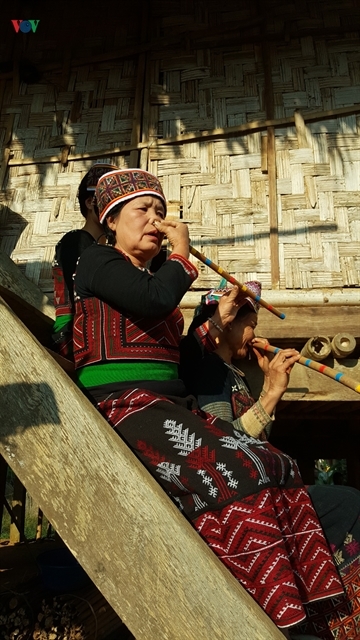 |
| Artisan Thanh learned to blow the flute at a young age. |
Phùng Thị Mến is one of the women learning with Thanh. She is very young and has been playing the flute for about a year. However, she is only able to attend classes at the weekend.
“I am very happy to be taught by Thanh,” Mến said. “However, it is very difficult to learn but I will not give up."
Mến is one of three members from an amateur art troupe learning to blow the flute. Currently, they are only able to blow short and simple tunes.
“Thanh is helping the commune preserve and develop the ethnic culture of the Xa Phó,” said Hoàng Văn Tương, deputy chairman of Châu Quế Thượng Commune. “She is not only enthusiastic to learn and explore traditional music instruments but she also encourages people to take part in preserving our culture.”
Thanh and her art troupe regularly perform at traditional ceremonies and national folk art festivals. With her flute she also went abroad to perform in France and the Soviet Union (now Russia).
“I am glad my efforts have been recognised,” said Thanh.
“But most of all, the country now knows the beauty of my ethnic music. This is the biggest prize for me after 30 years.” VNS
Nguyen Binh
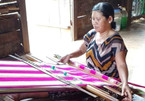
Ede ethnic people preserve traditional brocade weaving craft
The Ede ethnic people have long been proud of their brocade weaving and are trying to preserve the traditional craft amid the rapid industrialization, modernization, and fashion changes.

Bamboo treasure on Ngoc Linh Range protected by Ca Dong ethnic minority
For many generations, Ca Dong ethnic minority living near Ngoc Linh Mountain have been protecting bamboo in Long Rieu Hamlet in Tra Nam commune in Quang Nam province.
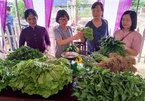
Ethnic women find success growing organic vegetables
Quach Thi Ut, head of a co-operative specialising in safe vegetables in Tra Vinh Province’s Tra Cu District, is known for finding innovative methods of cultivation that have boosted her family’s income and helped local farmers escape from poverty.
 After working hard to restore and preserve the traditional cúc kẹ flute, veteran musician Dang Thi Thanh now has around 40 students keen to learn the instrument.
After working hard to restore and preserve the traditional cúc kẹ flute, veteran musician Dang Thi Thanh now has around 40 students keen to learn the instrument.